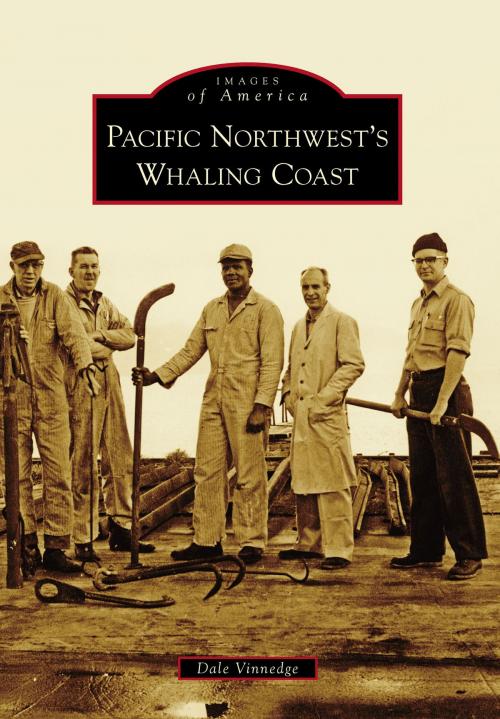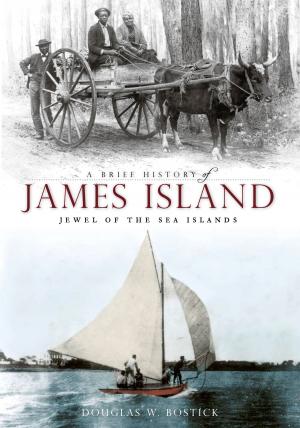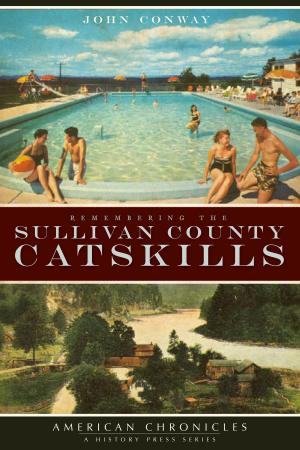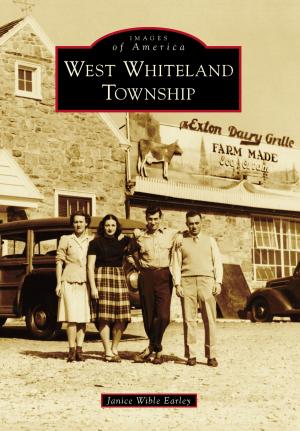Pacific Northwest's Whaling Coast
Nonfiction, Art & Architecture, Photography, Pictorials, Travel, History, Business & Finance, Industries & Professions, Industries| Author: | Dale Vinnedge | ISBN: | 9781439648506 |
| Publisher: | Arcadia Publishing Inc. | Publication: | November 17, 2014 |
| Imprint: | Arcadia Publishing | Language: | English |
| Author: | Dale Vinnedge |
| ISBN: | 9781439648506 |
| Publisher: | Arcadia Publishing Inc. |
| Publication: | November 17, 2014 |
| Imprint: | Arcadia Publishing |
| Language: | English |
Pacific Northwest waters from Alaska to Oregon lie between the Arctic whaling grounds and the home whaling ports of San Francisco and Honolulu. While the Pacific Northwest was not a whaling destination, whales in these rich grounds were pursued for many years as whale ships moved between the whalers� summer whaling grounds and southern home ports. After 1900, whaling in the north Pacific changed from sailing ships to modern, steam-powered iron ships and harpoon cannons. Land stations were built along southern Alaska, Vancouver Island in British Columbia, and Washington State. The new �killer� ships brought whales to these land stations for flensing and for rendering into oil, fertilizer, and other products. Most of these products were shipped to Seattle and San Francisco on steamers and factory ships at the end of the season. At the start of the season, supplies and workers were shipped up from Seattle to resupply and repopulate the stations.
Pacific Northwest waters from Alaska to Oregon lie between the Arctic whaling grounds and the home whaling ports of San Francisco and Honolulu. While the Pacific Northwest was not a whaling destination, whales in these rich grounds were pursued for many years as whale ships moved between the whalers� summer whaling grounds and southern home ports. After 1900, whaling in the north Pacific changed from sailing ships to modern, steam-powered iron ships and harpoon cannons. Land stations were built along southern Alaska, Vancouver Island in British Columbia, and Washington State. The new �killer� ships brought whales to these land stations for flensing and for rendering into oil, fertilizer, and other products. Most of these products were shipped to Seattle and San Francisco on steamers and factory ships at the end of the season. At the start of the season, supplies and workers were shipped up from Seattle to resupply and repopulate the stations.















